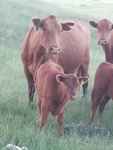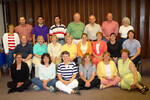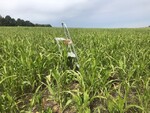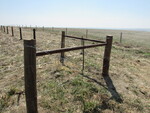Posted date: Feb 7, 2021
by: Admin My Local Life
554 Views
Here at the Natural Resources Conservation Service (NRCS) we have learned quite a lot about doing business over the last year. As we realized there was a life threatening disease spreading we also understood that we had to continue to support you, landowners, to ensure your livelihood remained viable and your families were provided for through the pandemic. The world’s food supply depends on your success.
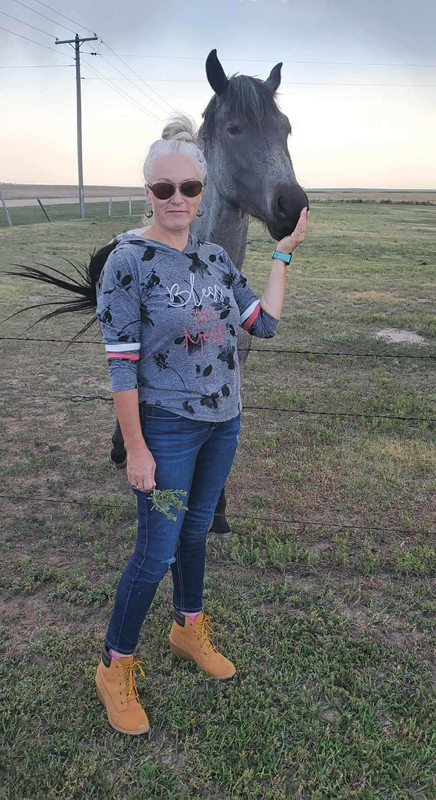
We devised many strategies to continue providing services and support you. Employees were given flexibility in their work locations and schedules to prevent the spread of Covid-19 through our Service Centers. Face to face meetings were limited with the public to also slow the spread of the disease. We relied more heavily on emailing documents and signatures and even developed a secure method of obtaining remote signatures through a product called OneSpan. We have continued to bring on new staff and train them remotely through online training venues and videoconferencing.
Northwest Kansas, in the counties of Cheyenne, Sherman, Rawlins, Thomas and Decatur, we were able to successfully take 96 applications, make funding selections, and obligate $925,550.00 to conservation on 12,760 acres in 2020. So far for 2021 we have taken 68 applications for 2021 funding requests and I’m looking forward to seeing how many acres we will be able work on for private landowners with this year’s allocation of funds.
The numbers reflected above do not include the Conservation Easements that were purchased from landowners. Do you have a playa, or wet spot, in your field that yields low return on your planting? You may want to have us determine whether it has wetland characteristics and could be enrolled into our easement program. This program allows you to keep your land but restores it back to a natural state for the benefit of wildlife and recharging the Aquifer. You can take the Easement payment you are given and put it toward the purchase of more productive farm land.
Please contact your local NRCS office to see if there are any programs that align with the vision you hold for your land and how it will provide for your future. We work with all private landowners and operators that provide food for their families or other agricultural products. Reach out to us today!



